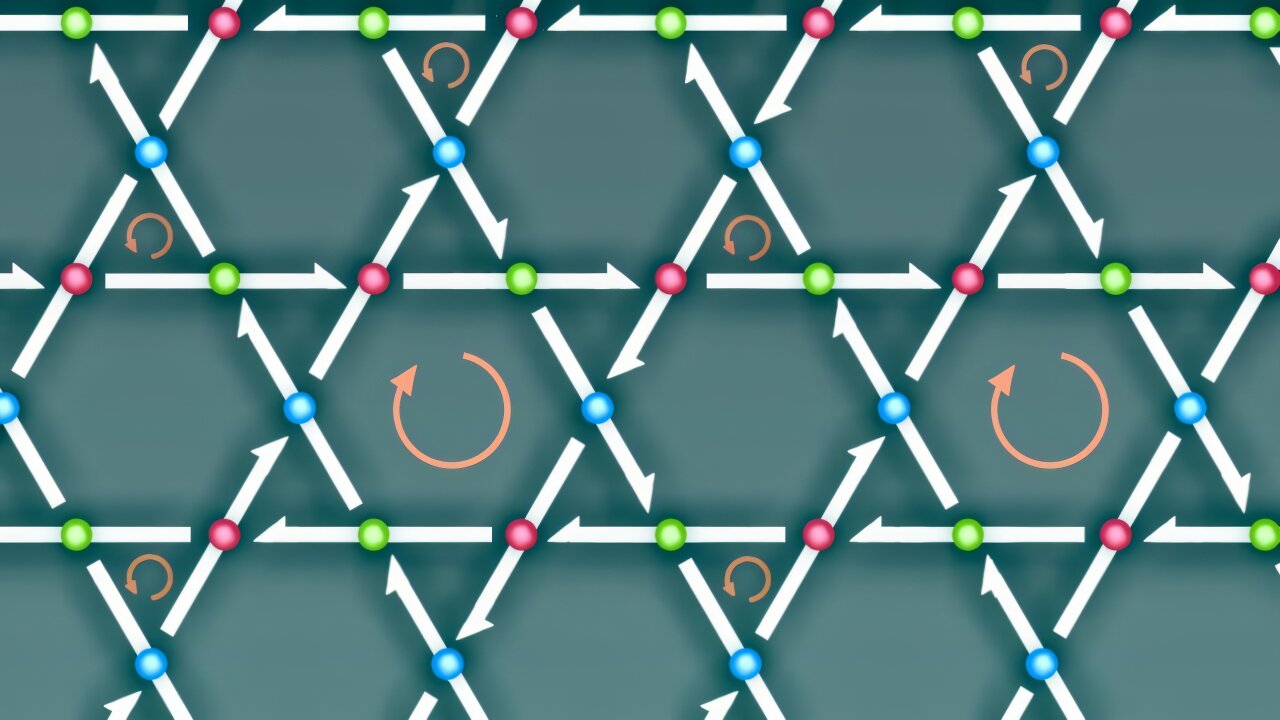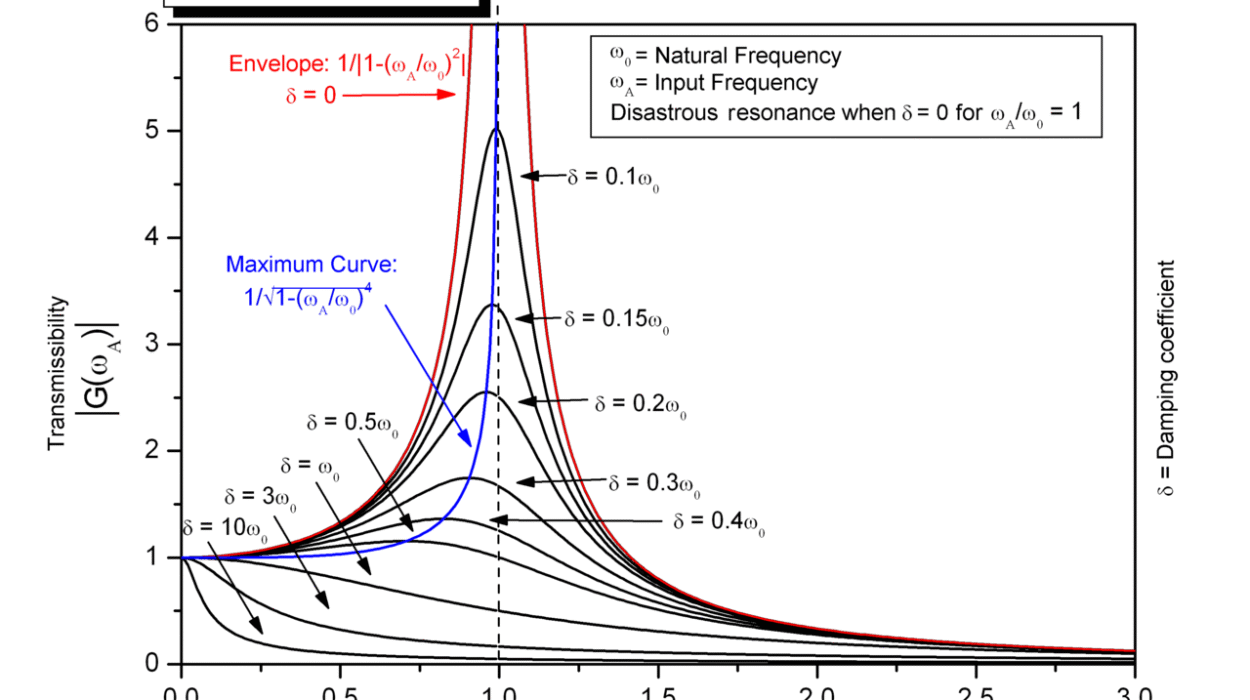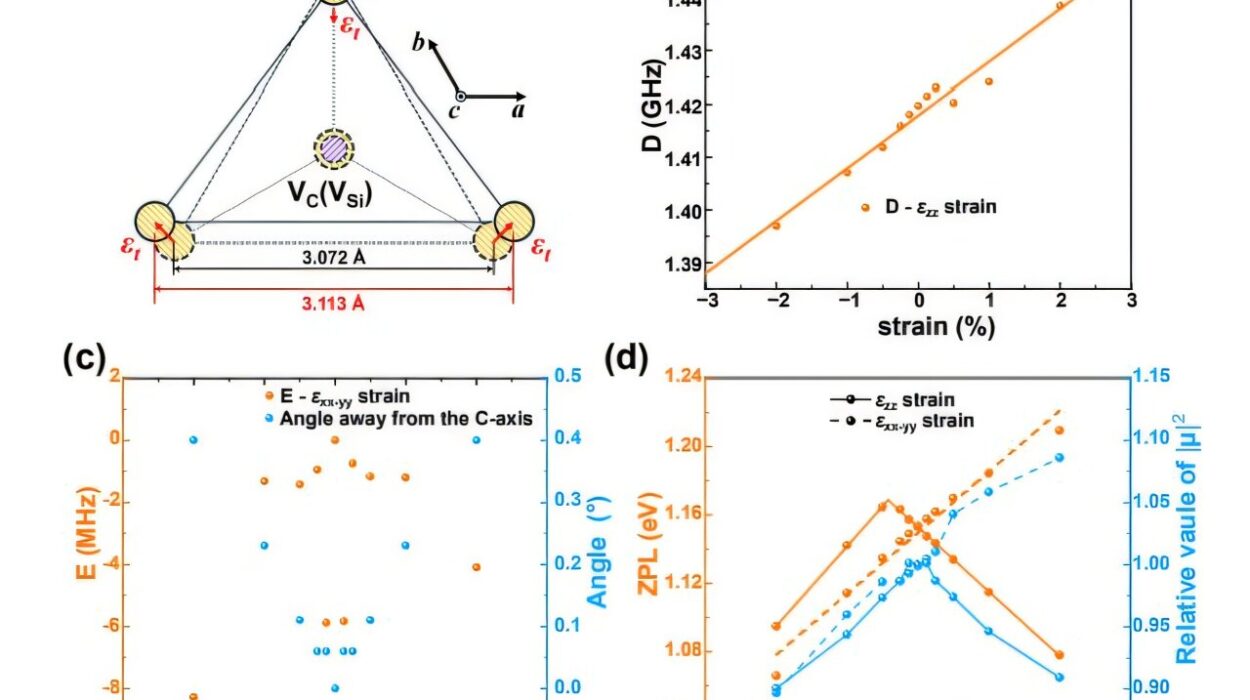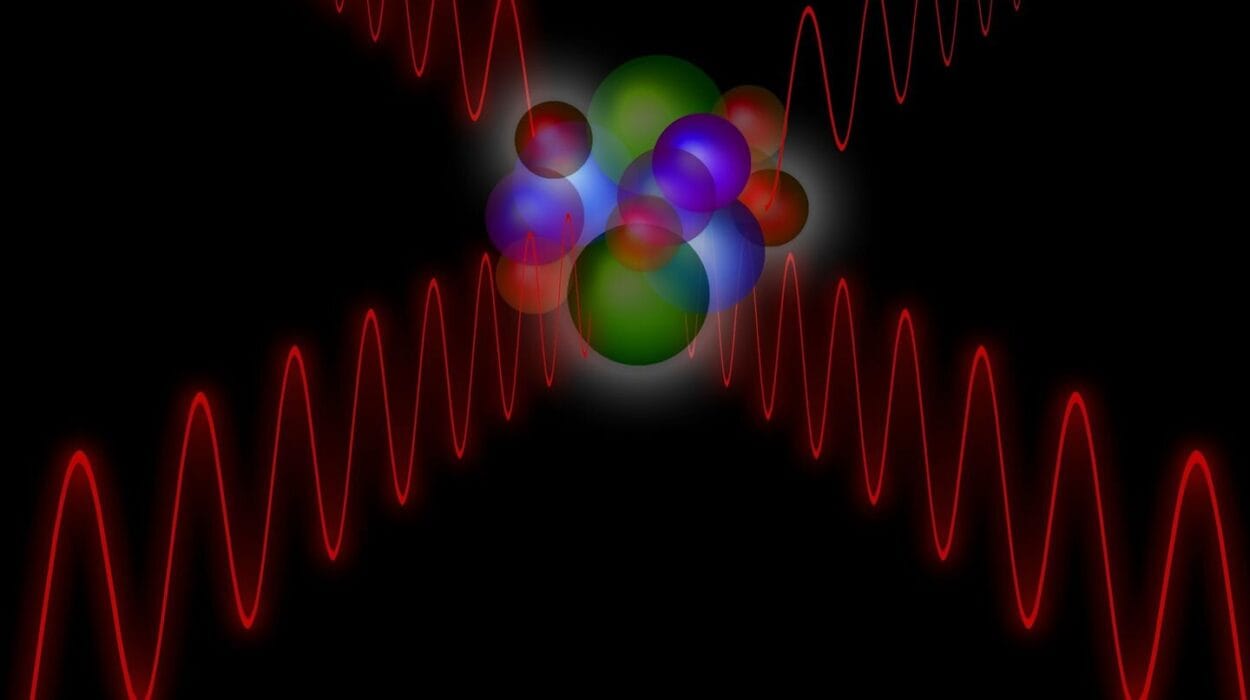Metals are so familiar in our everyday lives that we often take them for granted. Copper wires carry electricity into our homes, steel holds our buildings together, and aluminum frames our planes and cars. To most of us, metals are strong, shiny, and useful. But in the mysterious world of quantum physics, even these ordinary materials can reveal extraordinary behaviors.
Quantum metals are unlike the metals we know in daily life. In them, the strange rules of quantum mechanics—usually confined to atoms and subatomic particles—emerge on a much larger scale, powerful enough to shape the way electricity flows through the entire material. In these special systems, currents loop, twist, and even reverse direction when exposed to weak magnetic fields, creating effects that defy our classical expectations.
One of the most fascinating families of these new materials is called kagome metals, named after an ancient Japanese basket-weaving pattern. In their intricate atomic structure, scientists have uncovered an entirely new playground for quantum physics—one that may one day change the way we build electronic devices.
The Basket Pattern That Changed Everything
The word “kagome” comes from Japanese, meaning “basket eyes” or “basket pattern.” Imagine a woven bamboo basket with interlocking triangles forming hexagons and stars. That same geometry exists at the atomic level inside these metals. Atoms arrange themselves in a lattice of corner-sharing triangles, creating a pattern that is both beautiful and profoundly important for physics.
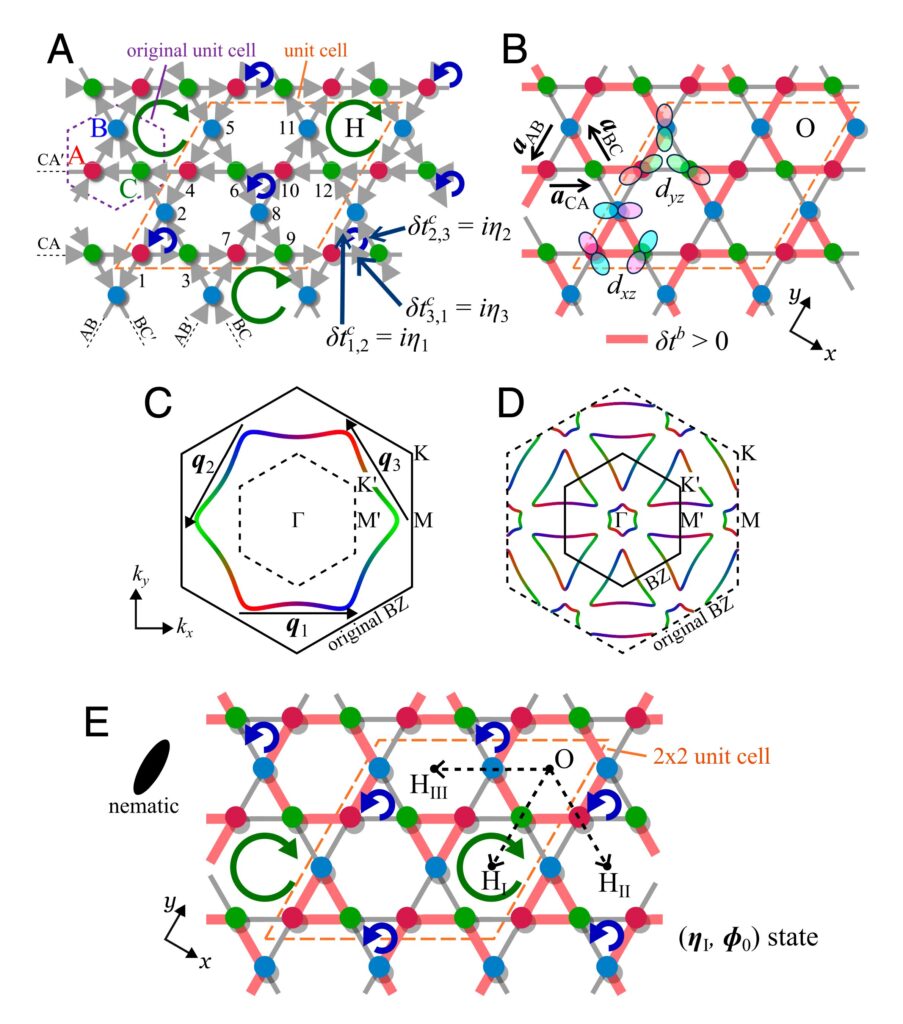
This triangular arrangement creates something scientists call geometric frustration. Normally, electrons like to settle into stable, organized patterns. But in kagome metals, the triangular geometry prevents them from doing so. They are constantly frustrated, unable to find an arrangement that satisfies all of their interactions. As a result, the electrons form exotic states of matter, including loop currents—tiny circular flows of charge that exist within the metal.
These loop currents are not just microscopic curiosities. When they reverse direction, the electrical properties of the entire material shift. Suddenly, the metal becomes easier to conduct electricity in one direction than the other, a phenomenon known as the diode effect.
The Mystery of Magnetic Switching
Around 2020, researchers began experimenting with kagome metals and noticed something astonishing. When they applied weak magnetic fields—far weaker than those needed for typical magnetic devices—the direction of the loop currents flipped. And when those loop currents reversed, the direction of easiest current flow across the whole metal also flipped.
It was as though the material could act like a quantum switch, controlled not by strong fields or high voltages but by the gentlest push of magnetism. Even more mysterious, the effect was hundreds of times stronger than anyone expected.
At first, scientists were baffled. They could observe the behavior clearly in experiments, but the theory to explain it simply didn’t exist. For several years, the phenomenon hung in the air, a riddle waiting to be solved.
Cracking the Quantum Code
Now, researchers in Japan have provided the missing explanation. In a groundbreaking study published in the Proceedings of the National Academy of Sciences, a team led by Professor Hiroshi Kontani of Nagoya University revealed how the strange switching happens and why it is so strong.
Their theory shows that kagome metals amplify quantum geometric effects—subtle properties of electrons that emerge only at very small scales—by about a hundredfold. These amplified effects explain why even weak magnetic fields can flip the loop currents so dramatically.
The team discovered that loop currents in kagome metals work hand-in-hand with wave-like patterns of electrons, known as charge density waves. Together, they break fundamental symmetries in the material’s electronic structure, a rare and powerful occurrence known as spontaneous symmetry breaking. This cooperative breaking of symmetry is what allows the material to show such extreme sensitivity and switching behavior.
“This was the first time we could provide a complete theoretical framework for what was happening,” Professor Kontani explained. “Every time we saw the magnetic switching in experiments, we knew something extraordinary was happening. But until now, we couldn’t explain why the effect was so powerful.”
Cooling into the Quantum Realm
To see these effects clearly, researchers cooled kagome metals to temperatures around –190°C. At such low temperatures, the metals enter special quantum states. Electrons stop behaving like simple particles and instead form circulating loop currents and intricate wave-like patterns that spread across the material.
When weak magnetic fields are applied, they flip the direction of these loop currents. And because the loop currents are tied to the macroscopic electrical properties of the entire metal, the direction of easiest electrical flow flips as well.
In other words, with just a touch of magnetism, researchers can “switch” the preferred direction of electrical current in these metals.
Why the Discovery Matters
At first glance, this discovery may seem abstract, like a puzzle solved in the hidden corners of physics. But the implications are profound. The ability to control electrical properties with such weak magnetic fields could open the door to an entirely new class of devices.
Future technologies might include magnetic memory systems where data is stored and retrieved not by strong electric fields but by delicate magnetic nudges. Ultra-sensitive sensors could detect the faintest magnetic signatures, useful in medicine, environmental monitoring, or quantum computing. In essence, kagome metals offer a way to control electricity at the quantum level with an elegance and efficiency never seen before.
“This discovery happened because three things came together at just the right time,” Professor Kontani said. “We finally had the new materials, the advanced theories to understand them, and the high-tech equipment to study them properly. None of these existed together until very recently, which is why no one could solve this puzzle before now.”
A Rare Break in Nature’s Rules
What makes kagome metals so special is their ability to break some of the core rules of physics simultaneously. In most materials, symmetries of nature remain intact. For example, reversing the direction of time or flipping spatial directions doesn’t fundamentally change the material’s behavior. But in kagome metals, the combination of loop currents, charge density waves, and quantum geometry causes these symmetries to collapse.
When symmetries break in unusual ways, new physical properties often emerge. Superconductivity, magnetism, and other exotic states of matter all arise from symmetry breaking. Kagome metals are now joining this list, showing us that nature still has surprises hidden in its geometric patterns.
The Road Ahead
The discovery of kagome metals and the explanation of their extraordinary properties is still very new. These materials were only identified around 2020, and much of their behavior remains mysterious. Scientists are still exploring how impurities, strain, or external conditions influence the quantum states inside them. They are asking whether similar effects might exist in other frustrated lattices or new materials waiting to be discovered.
One thing is clear: the combination of atomic geometry, quantum mechanics, and magnetic control has opened an entirely new frontier. The field of condensed matter physics has always been about finding surprises hidden in the familiar. Just as superconductors, semiconductors, and magnetic materials transformed our world in the last century, kagome metals may drive the next revolution in quantum technology.
Quantum Metals and Human Curiosity
At its heart, this discovery is a reminder of what physics truly is: a dialogue between human curiosity and the universe’s secrets. The kagome pattern, once woven into baskets in ancient Japan, now reappears at the atomic scale as the key to unlocking a new class of materials. What was once art has become physics; what was once craft has become technology.
There is a kind of poetry in that.
Physics often begins with wonder—the kind of wonder that asks why electrons flow one way more easily than another, or why a material behaves differently under a magnet. From that wonder comes persistence, experiment, and theory. And sometimes, if we are fortunate, the universe answers with beauty—looping currents, amplifying geometry, and metals that behave like nothing we’ve ever seen before.
Kagome metals remind us that nature hides its most powerful secrets in patterns, waiting for us to see them. They show us that the smallest effects, amplified by the right structures, can reshape the macroscopic world. And they challenge us to imagine technologies that do not yet exist, powered by the hidden quantum rules of matter.
Conclusion
Quantum metals, and kagome metals in particular, stand at the intersection of art, science, and technology. Their unique lattice of frustrated electrons reveals how geometry and quantum physics combine to produce extraordinary behavior. The discovery that weak magnetic fields can reverse electrical properties—amplified by quantum geometry—provides a new foundation for the future of electronics.
The story is still unfolding. As research continues, kagome metals may well become the basis for devices that we cannot yet imagine. But even now, they remind us of the joy of discovery, the thrill of solving a mystery, and the endless surprises of the quantum world.
More information: Rina Tazai et al, Quantum metric–induced giant and reversible nonreciprocal transport phenomena in chiral loop-current phases of kagome metals, Proceedings of the National Academy of Sciences (2025). DOI: 10.1073/pnas.2503645122
